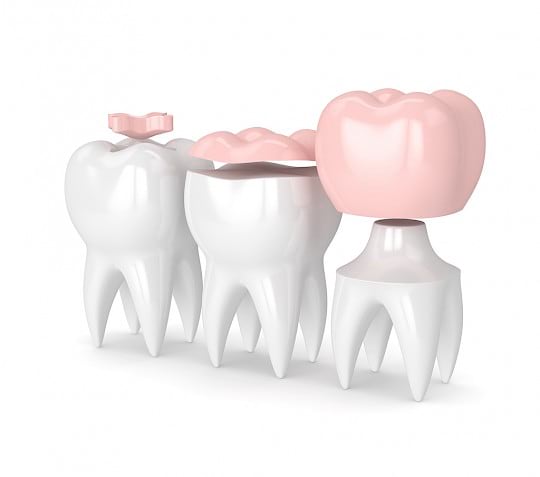What Are the Different Types of Cavities?

Cavities are the ultimate enemy that you battle against every time you brush your teeth. While most people learn about cavities as children, you might not know everything there is to know about tooth decay. People are often surprised to discover that there are different types of cavities. Learning more about tooth decay lets you know what we are looking for during your dental exams.
The Different Types of Cavities
How Do Cavities Form?
Your mouth contains natural bacteria that usually doesn’t cause a problem. Oral bacteria feeds upon the same food that you eat. It mostly feeds on sugar and carbohydrates. This is why you will often hear dentists recommend that you limit your sugar intake. As the bacteria feeds, it creates acid. The acid then breaks down the tooth enamel until a cavity develops.
How does a Tempe Dentist Classify Cavities?

Most cavities form slowly. They can also appear on any part of your tooth. Dentists classify cavities by naming the location of the cavity on the tooth’s surface. It is also possible to have several types of cavities on the same tooth.
Smooth Surface Cavity
You’ll often find this type of cavity on the visible surfaces of your teeth. Since the smooth part of your teeth is harder for the bacteria to build upon, these cavities are fairly uncommon. They often show up between the teeth or on the backs. Making sure to floss and brush all of your teeth’s surfaces helps prevent these cavities.
Pit and Fissure Cavity
If you take a look at your back molars, you’ll notice little grooves that help you chew your food. Those tiny crevices often catch food and can accumulate bacteria inside of them. Brushing can help, but some people have deep pits and fissures that are hard to fully clean. We can apply sealants on the back teeth that help to stop food from getting inside the grooves.
Root Cavity
The roots of your teeth usually lie below the gum line. This helps to prevent cavities from forming there. People with gum recession are more likely to have this type of cavity show up. The roots of your teeth have less enamel than the other parts. A cavity on the root can get deep very fast and require more intensive forms of treatment.
Are All Types of Cavities Treated the Same?
Dentists also classify cavities by how far they’ve progressed. Cavities go through six stages of progression. The first stage is the earliest. At this point, the tooth decay hasn’t led to a true cavity. Instead, you may have chalky white spots where the enamel is breaking down. Cavities at this stage can sometimes be halted with fluoride treatments.

The next stages of cavity progression include ones that are breaking through the enamel or the underlying dentin. Dentists treat these with dental fillings. Once you reach the later stages of progression, the decay has gone down to the tooth pulp. At this point, your best option for treatment is likely to be a root canal. A crown is often needed to restore teeth after a root canal or large filling.
Understanding which type of cavity you have can help you identify strategies to prevent future ones. Developing a pit and fissure cavity could mean that you could benefit from sealants. A smooth surface cavity might mean that you need help improving your oral hygiene techniques. Figuring out what is causing a cavity is beneficial for preventing tooth decay in the future.